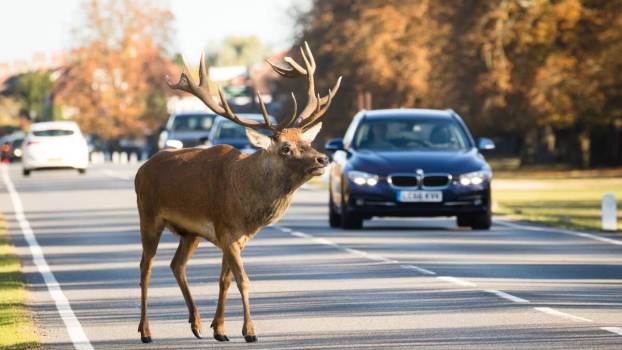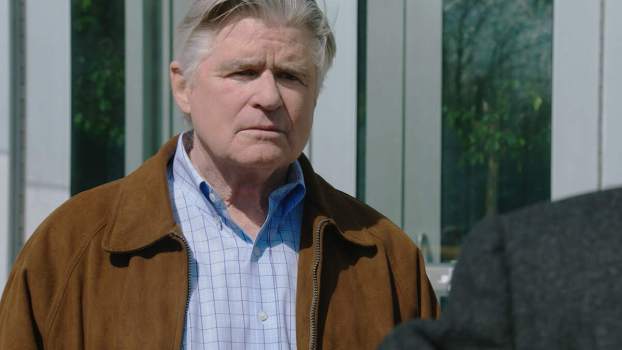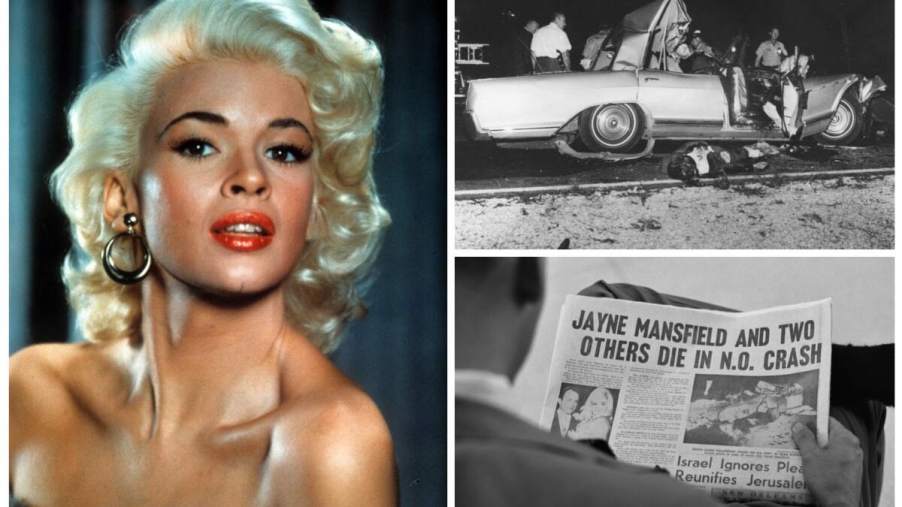
What Are Mansfield Bars on Trucks, and Do They Really Save Lives?
Car safety has dramatically improved since German engineer Karl Benz patented the first gas-powered automobile in 1886. Over the years, manufacturers have created safety features that increasingly protect passengers. One such innovation is the Mansfield bar. This underride guard hangs from the back of a semi-truck trailer. Mansfield bars can save lives in specific types of accidents, but myths and speculation surround the invention’s origins. Here’s the true history.
Why is it called the Mansfield bar?
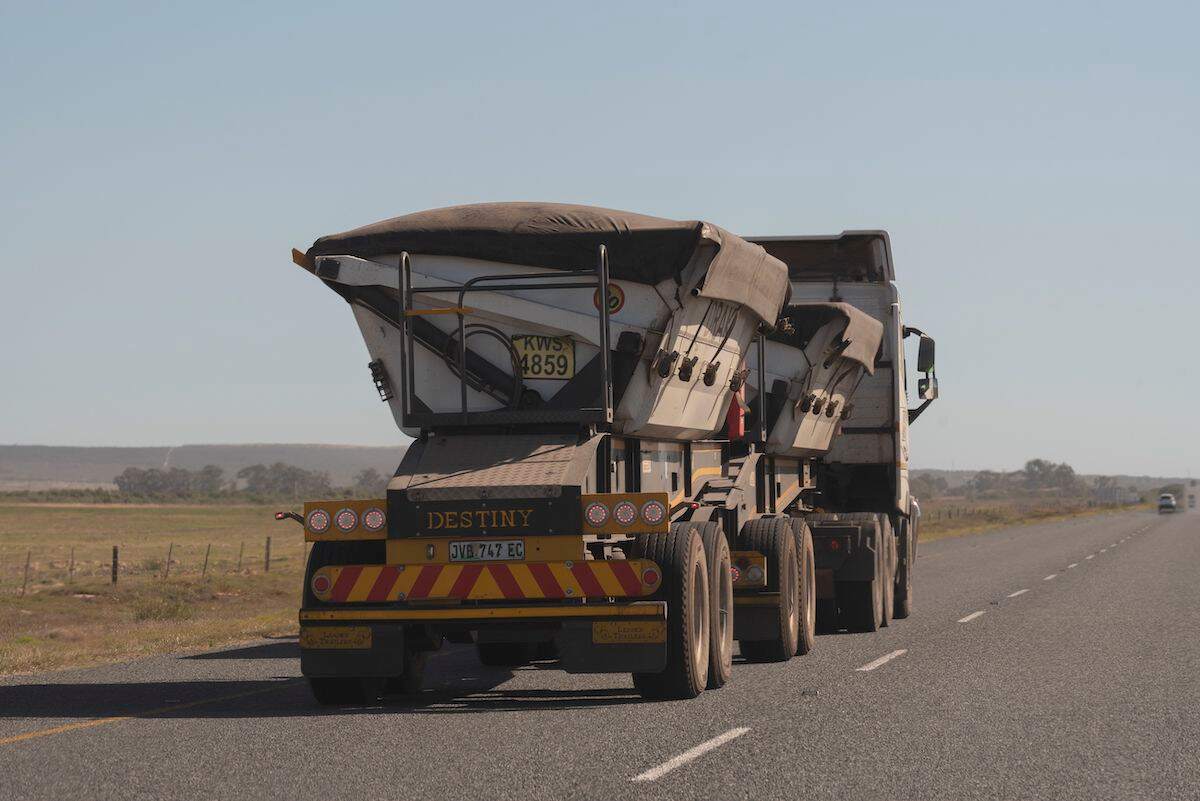
The technical term for the Mansfield bar is the rear underrun protection system (RUPS). However, most people aware of this semi-truck safety feature know it by its colloquial name. Unfortunately, the story behind why it’s called the Mansfield bar is tragic and gruesome.
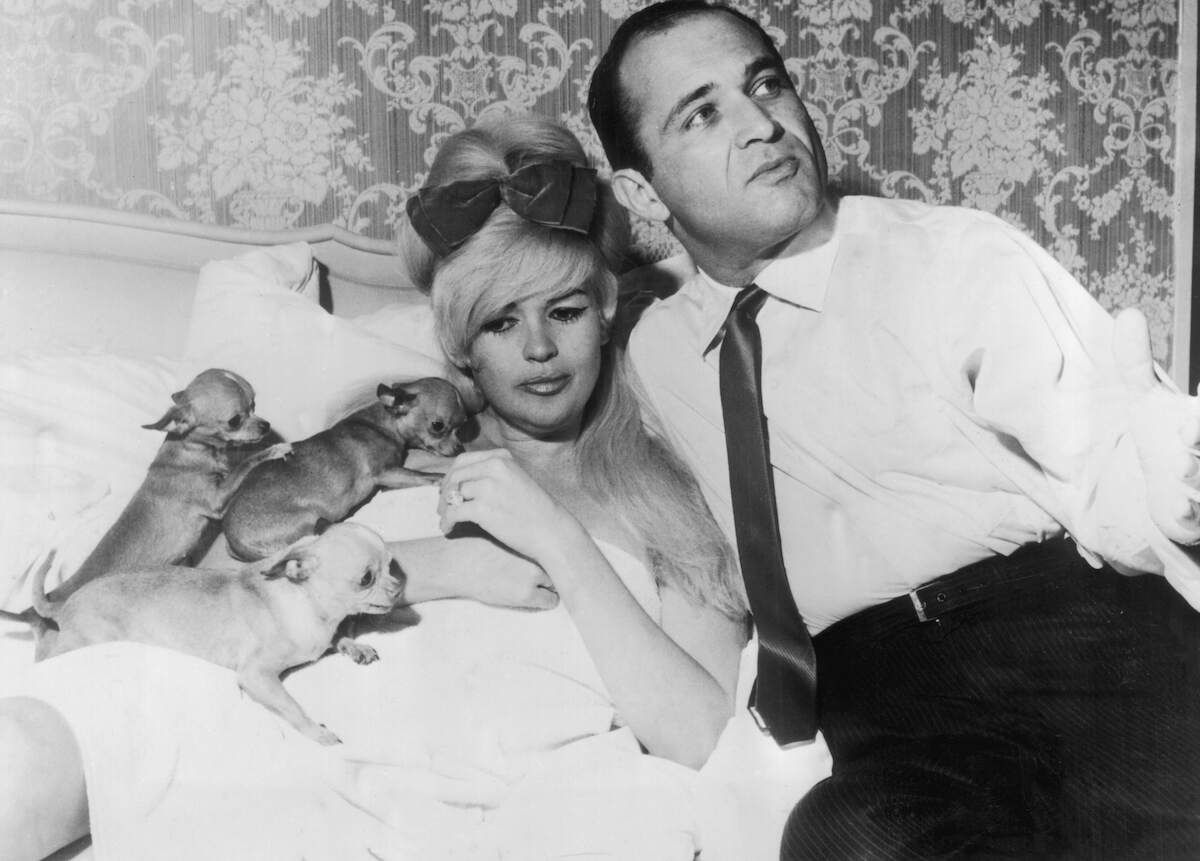
On Jun. 29, 1967, Hollywood star Jayne Mansfield was in a 1966 Buick Electra 225 traveling on U.S. Highway 90. The 34-year-old sex symbol sat in the front seat with her boyfriend/attorney Sam Brody and their driver, 20-year-old Ronnie Harrison. Three of Mansfield’s five children — Mariska, Zoltan, and Miklos Jr. — rode in the back seat. The kids ranged in age from 3 to 9. They were headed from Biloxi, Mississippi, to New Orleans, Louisiana. Then tragedy struck.
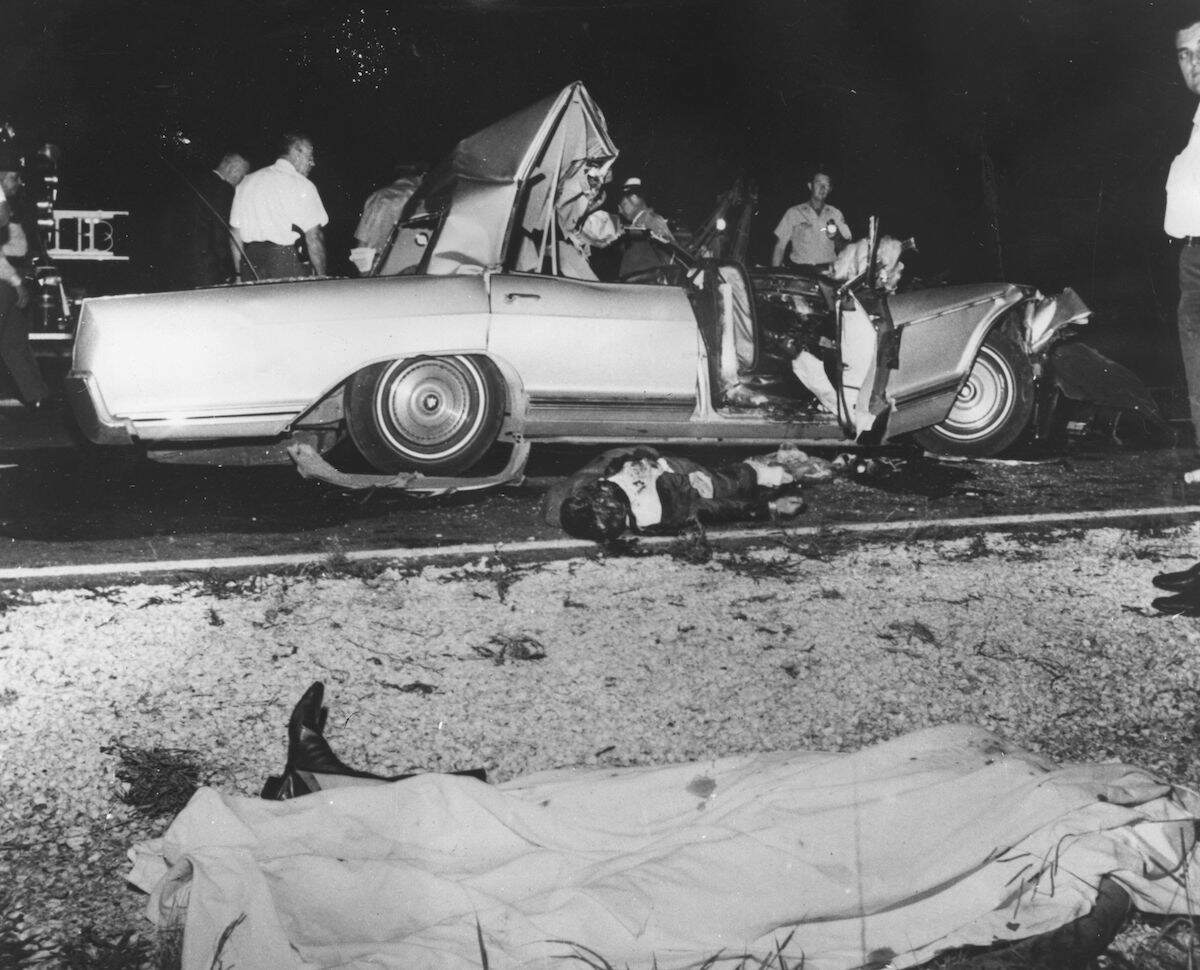
Before reaching New Orleans, the Buick Electra 225 crashed into the back of a tractor-trailer around 2 a.m. The big rig didn’t have a RUPS, so the impact’s force swept Mansfield and the two other adults under the trailer. They died instantly, their upper bodies severely mangled. Rumors quickly circulated that Mansfield had been decapitated.
How effective are Mansfield bars at saving lives?
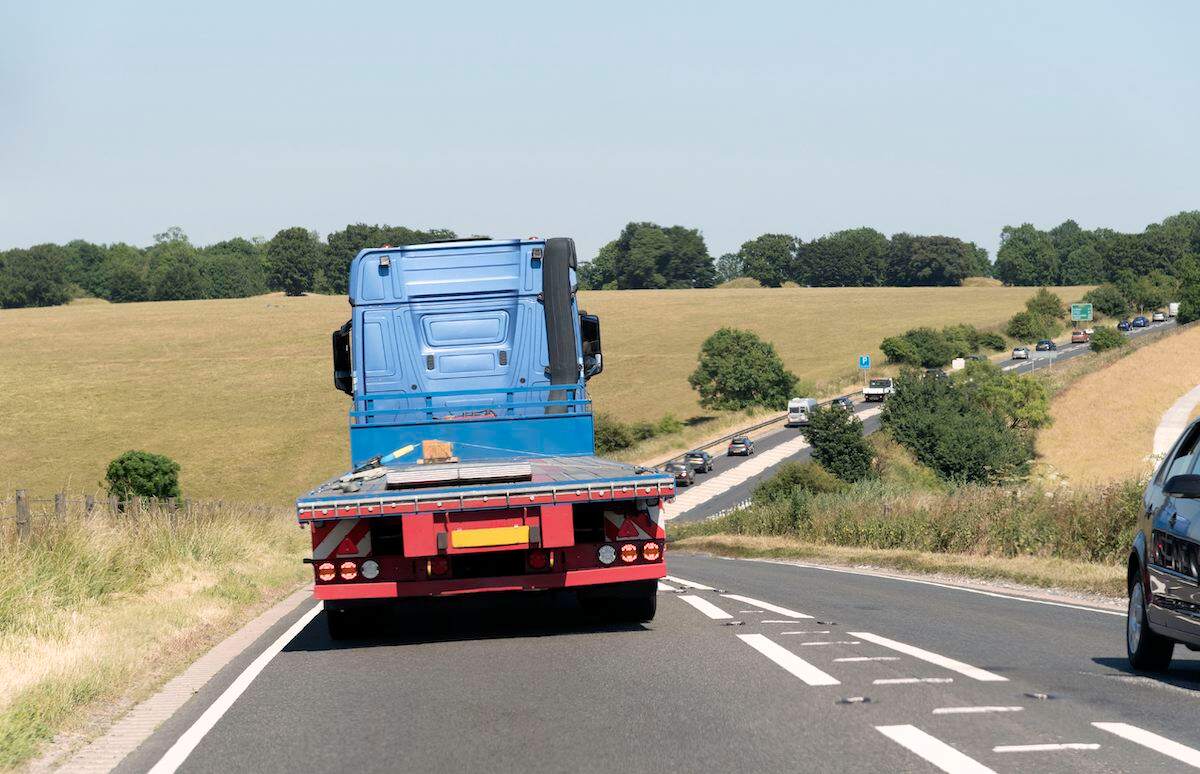
Mansfield bars are effective at stopping heavy-duty vehicle rollovers and preventing smaller cars from slipping under the backs of tractor-trailers in rear-end collisions.
Though decapitation of car occupants is possible in those types of crashes, that didn’t happen to Jayne Mansfield.
“People always figured wrong about … the way she died,” Jim Roberts, the undertaker who prepared her body for the memorial service, told The New York Times Magazine in May 1997. “Her head was attached as much as mine.”
The decapitation rumors likely stemmed from photos of Mansfield’s wig lying on the roadside after the accident.
However, Roberts acknowledged the star’s injuries were severe. He revealed that her face and body were “as bad as you get in this business.” The undertaker also said he worked all night to reconstruct her face before the viewing. “She had a lot of makeup with her, and I used it all.”
Are Mansfield bars mandatory?
Jayne Mansfield’s death was a tragedy. The only silver lining is that the crash drew national attention to the need for new safety measures. Records of RUPS and safety bars show up as early as 1953. Still, the federal government didn’t make Mansfield bars mandatory until decades later.
Rear underrun protection systems became more prevalent following Mansfield’s death. However, the National Highway Traffic Safety Administration (NHTSA) didn’t require Mansfield bars on tractor-trailers until 1998.
Of course, the best way to avoid an untimely demise like Mansfield’s is to avoid rear-ending a big rig. That or hope you’re in the back seat as the star’s kids were.
Mansfield’s three children sustained only minor physical injuries in the wreck. The youngest, Mariska Hargitay, became a famous actor herself. Hargitay is best known for portraying Olivia Benson in the NBC drama Law & Order: Special Victims Unit.
